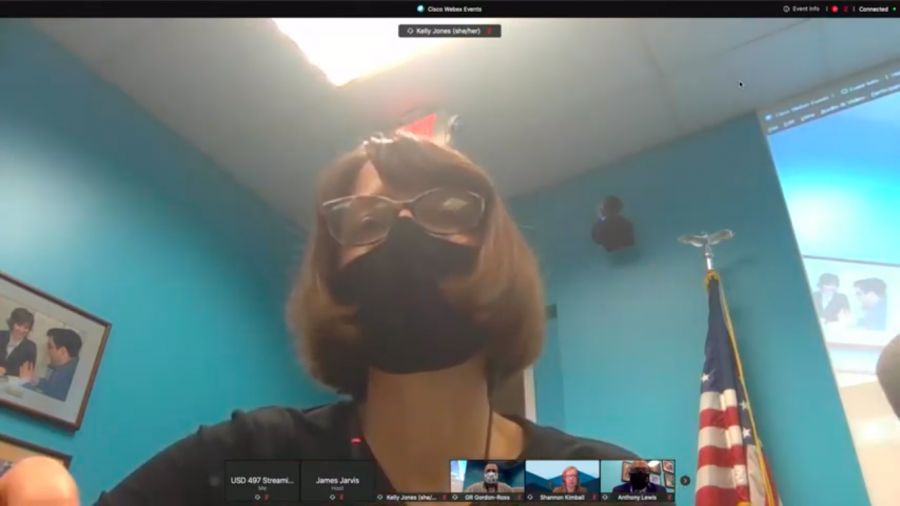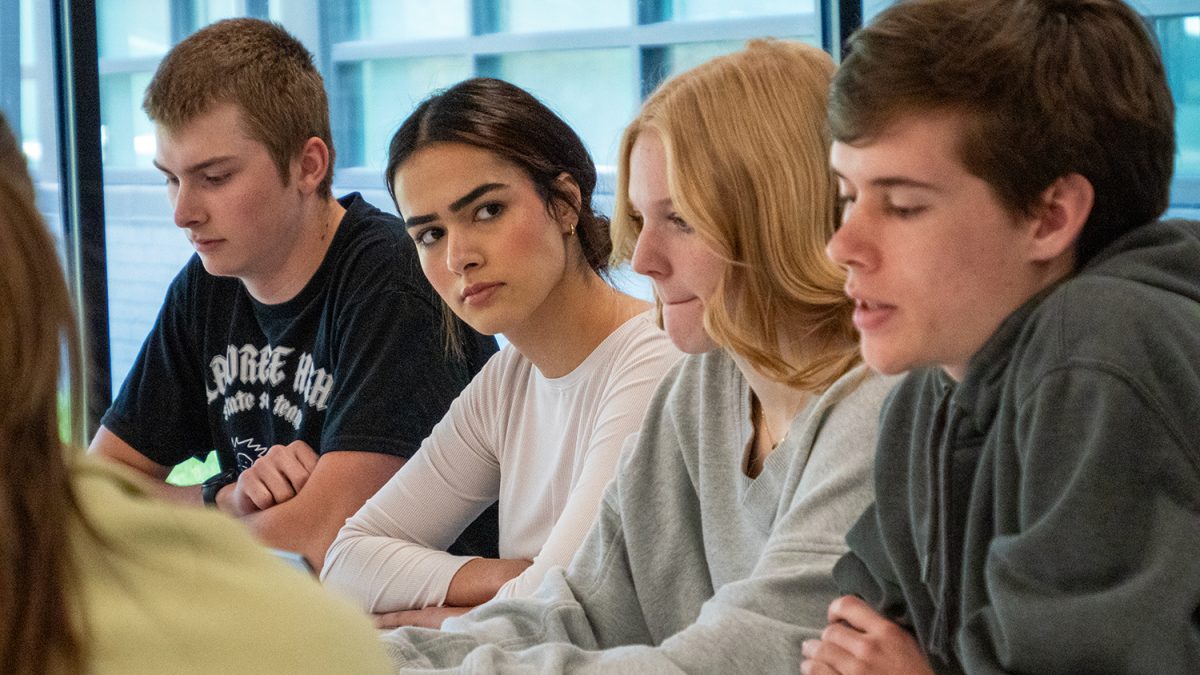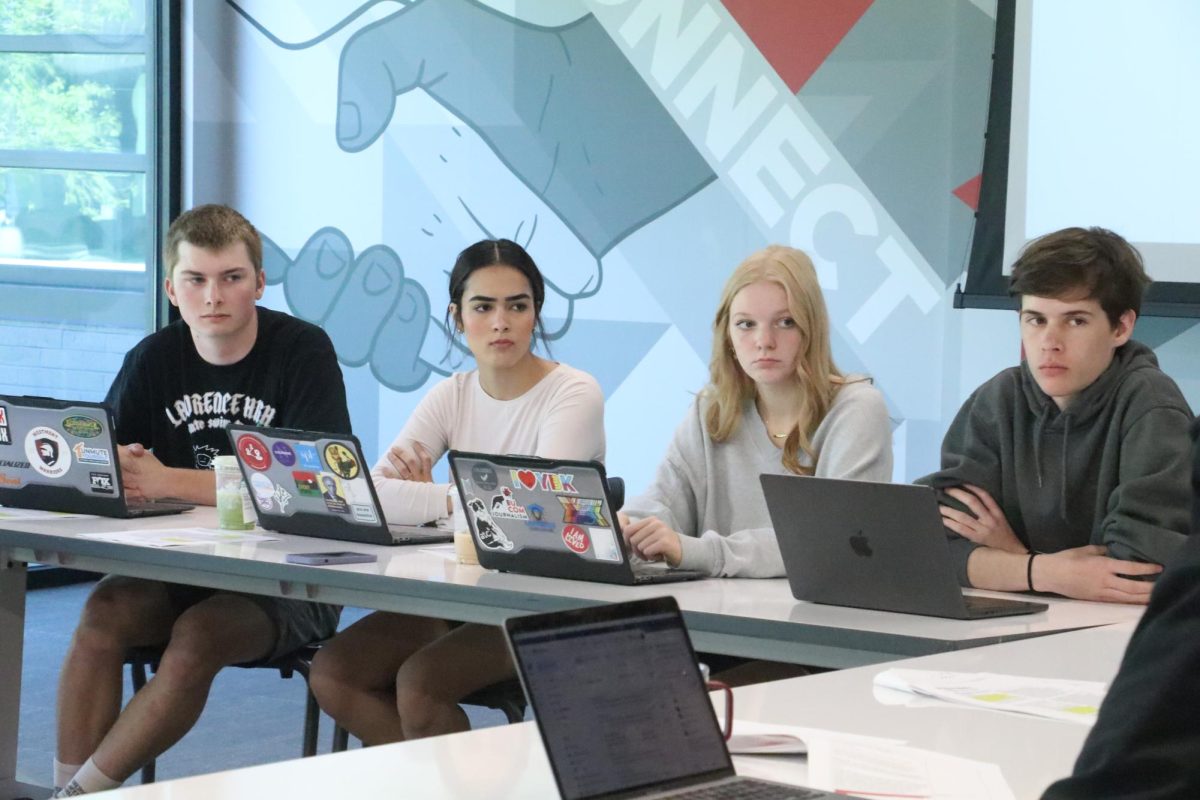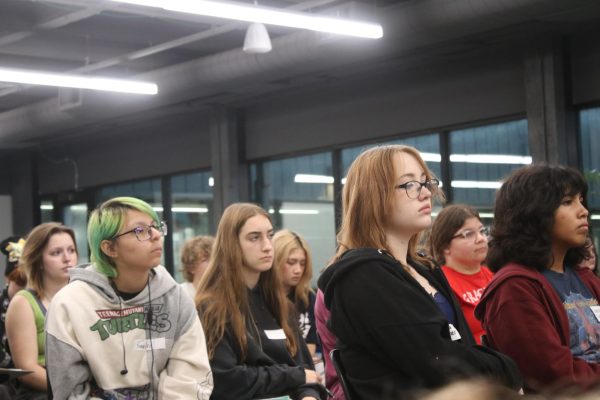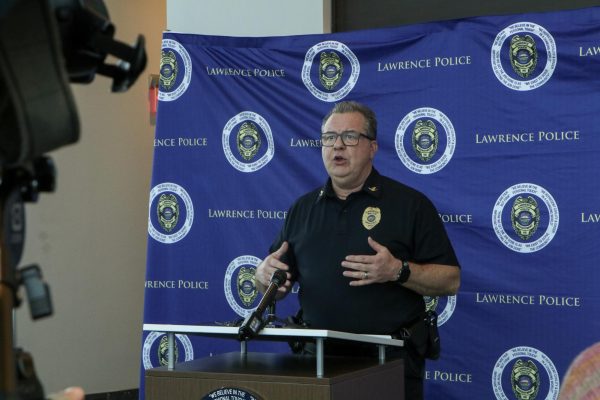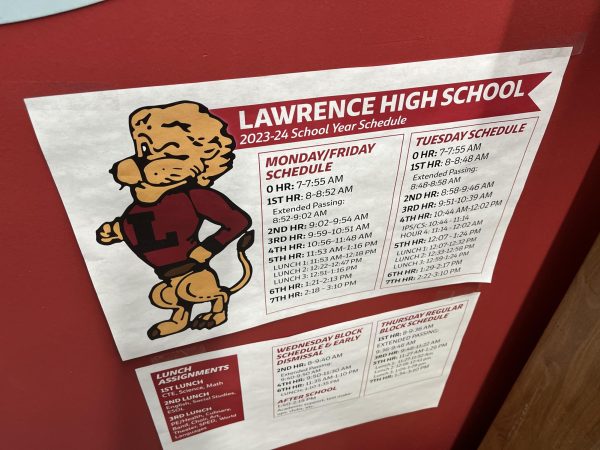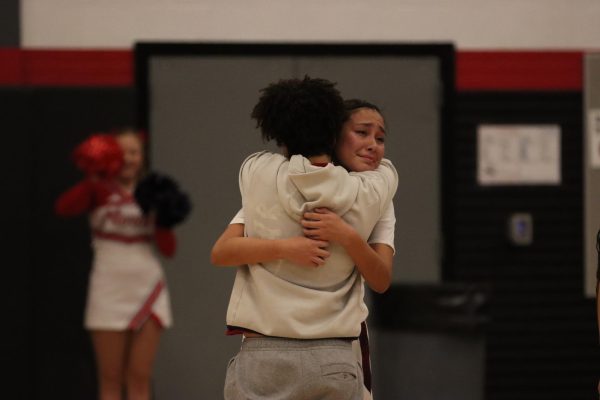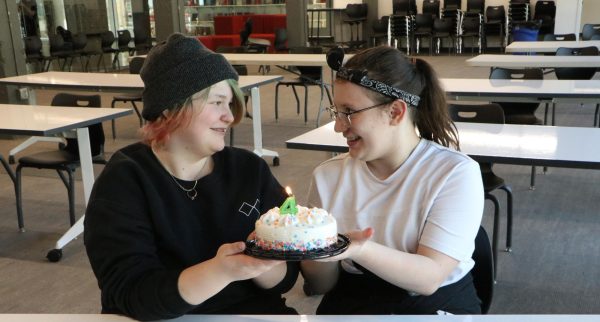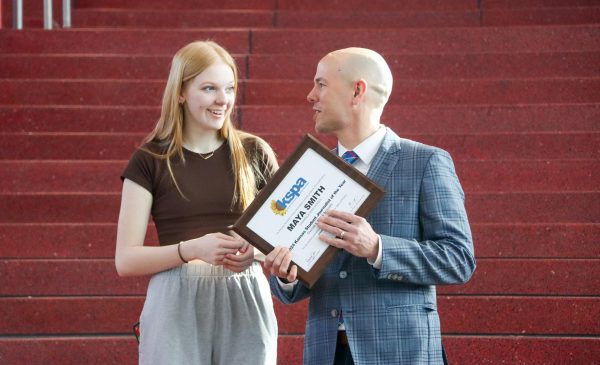School board pushes back on gating criteria on Monday
November 24, 2020
USD 497 school board members on Monday pushed back on the gating criteria currently being used to keep schools open and sports teams competing.
The school board declined on a 3-4 vote to empower Superintendent Anthony Lewis to make decisions about school openings under the current criteria, which rely on test positivity rates. Board members plan to meet Dec. 3 to consider different metrics than percent positivity and review actions taken by the Kansas State High School Activities Association in its meeting today.
“Our case count has stabilized, but stabilized at a pretty high number and our present positivity has gone down,” said Dan Partridge, director of Lawrence Douglas County Public Health Department. “We’re going to announce another gating criteria decision on Wednesday.”
The county’s test positivity rate on Monday fell to 8.6%amid increased testing of asymptomatic people. On Tuesday, the county had 1,138 active cases and had added 103 since Monday.
Some school board members have been concerned about the use of test positivity rates for determining if schools should remain open. Those concerns were amplified earlier this month when the health department changed the gating criteria to continue to allow hybrid learning as the county moved into the orange zone. Several school board members expressed an interest in making decisions based on incident rates.
“I think the criteria they put together are useful for what the public health professionals do, and their evaluation of spread in the community and how to allocate resources and testing,” school board member Shannon Kimball said. “I think the piece it’s missing is that it doesn’t provide a full enough picture of risk of exposure for our staff and our students.”
Partridge said all metrics provide a variety of challenges.
“I don’t know if we can take something very subjective and make it an objective analysis,” Partridge said. “I know there’s been conversation about incident rates so I’ve spent time looking at other counties in Kansas and the incident rate is higher than almost every county in the state.”
Kansas has been experiencing record growth in COVID-19 cases and strains on hospital systems in the state. Many school districts — including Wichita and Topeka as well as those in Johnson County — are moving to more remote classes, especially for secondary students.
Health officials have pushed that remaining open is still OK in Lawrence, and district officials said they were still able to fill more than 90 percent of teacher absences with subs.
LEA President Lindsey Buck criticized the health department’s decision to make changes in gating criteria earlier this month as COVID cases escalated in the county.
“Many educators expressed frustration and concern with the health department altering the gating criteria the day of an anticipated change in fazing,” Buck said. “The fear of contracting the virus is real and valid, especially as educators watch outbreaks among schools and athletics continue to rise.”
Buck furthermore opened up about staff morale in times of hybrid-learning.
“Concerns for educator mental health and workload, and sheer exhaustion and burnout are consistently expressed,” Buck said. “Many reported noticing some students and families choosing to switch to remote even on their hybrid days following the change in gating criteria.”
LHS alumni Amelia Vasquez doubled down on the idea that reopening schools is not worth it for students and staff.
“The truth of this issue and the truth of your decision is that people in our community will die,” Vasquez said. “People, including teachers and students, will get lifelong complications from this coronavirus. Even the best education in the world is not worth this compromise from the coronavirus. At least not in the eyes of the teacher’s union and most of the public.”
Nadia Sanburn and Zora Lotton-Barker contributed to this report.



